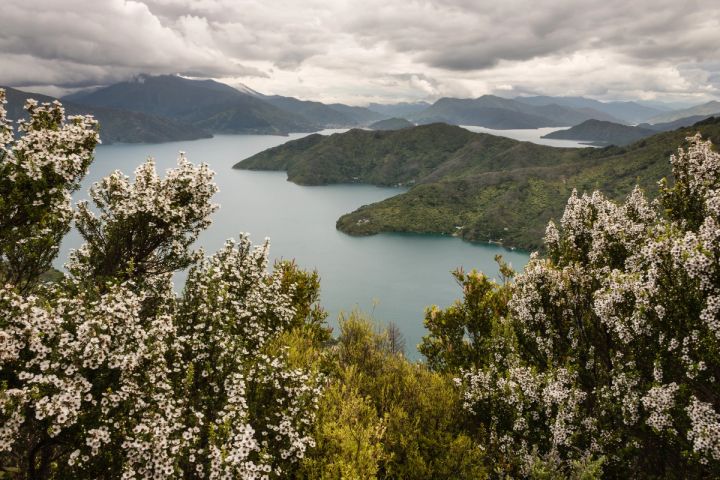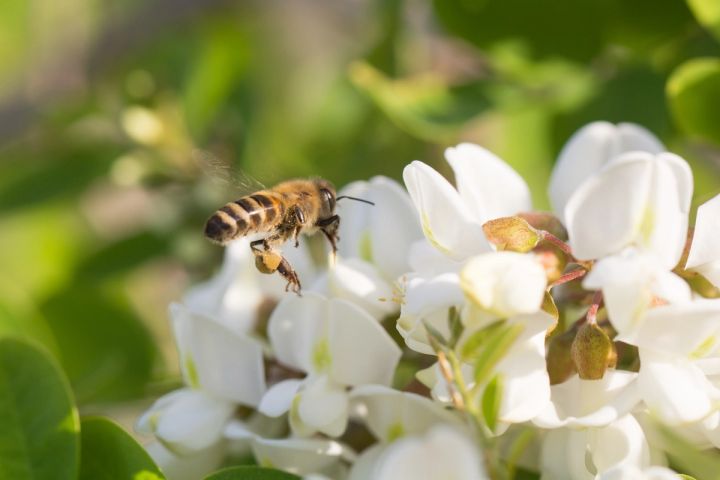In the stunning North and South islands of New Zealand, the native Mānuka or kahikātoa (Leptospermum Scoparium) grows. It’s a variable plant which ranges from flat creeping forms and small shrubs to tall trees.

But importantly, this plant also produces sweet smelling flowers that provide an important source of pollen and nectar for native flies, moths, beetles, geckos and of course, honey bees!
The honey created by bees foraging on the Manuka tree has what’s called MGO (methylglyoxal) content, which is a unique compound that is only found in this type of honey. This naturally occurring ‘magic ingredient’ is produced from high levels of dihydroxyacetone — a natural chemical that’s present in the nectar of manuka flowers. The higher the MGO rating, the higher the MGO content of the manuka.
Based in the northern part of the North Island, Kiwi beekeeper Richard tells us more about keeping bees in this part of the world.
How did you get into beekeeping?
I really wanted to raise my family outside of the city, close to the coast and I love the outdoors so wanted to find a way to work outside in nature. We have around 1,500 hives which we actually keep on over 50 properties in the area. The landowners are definitely one of my favourite parts about my job. We get to know them and share life stories with them. Many are multigenerational farmers who have roots in the land going back generations or townies escaping from their urban city lives, so we love chatting to them over a jar of honey!
What varieties of flowers do your bees typically forage on?
Our bees typically forage on plants and trees that are native to the area, including Manuka, Kanuka and Rewarewa. They also forage on clover and lotus major. It’s so important to have healthy plants with good flowering, and the right weather patterns to get a bumper honey crop.

What are the flavours and aromas of the honey your bees make?
Our native bush honeys (Manuka, Kanuka, Rewarewa) have a fuller, more powerful taste and smell.
Our pasture honeys (clover and lotus major) are sweeter and lighter in smell and taste.
I like to compare them to beer (the bush honeys) and wine (the pasture honeys). Both are delicious but some suit different situations than others.
How is honey typically eaten in New Zealand?
We use honey in such a variety of ways in New Zealand. I love stirring honey into my coffee in the morning, and drizzling on my pancakes at the weekend. But it’s also great for baking and a delicious addition to a margarita too! My margarita recipe is 1 part Tequila, 1 part Cointreau, 1 part lime juice and 1 teaspoon of honey (warmed so it dissolves). Combine in a shaker with ice, give it a shake, strain into a glass and enjoy!

